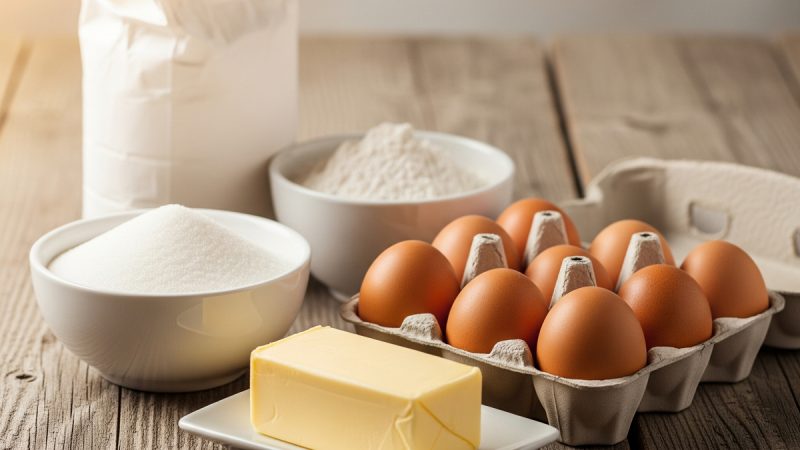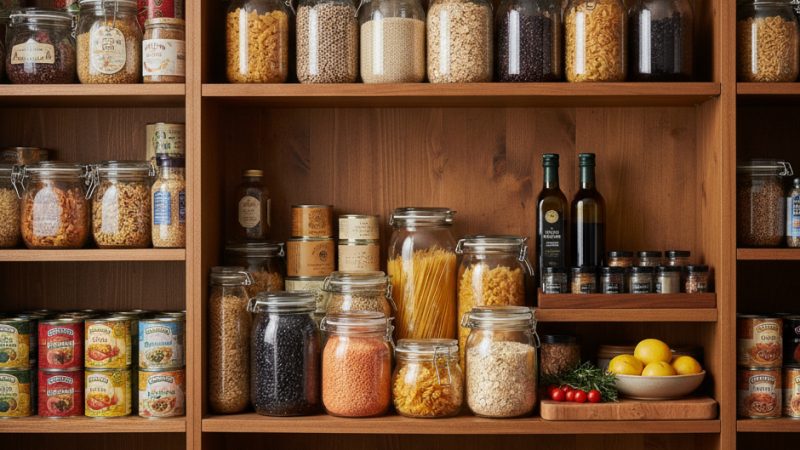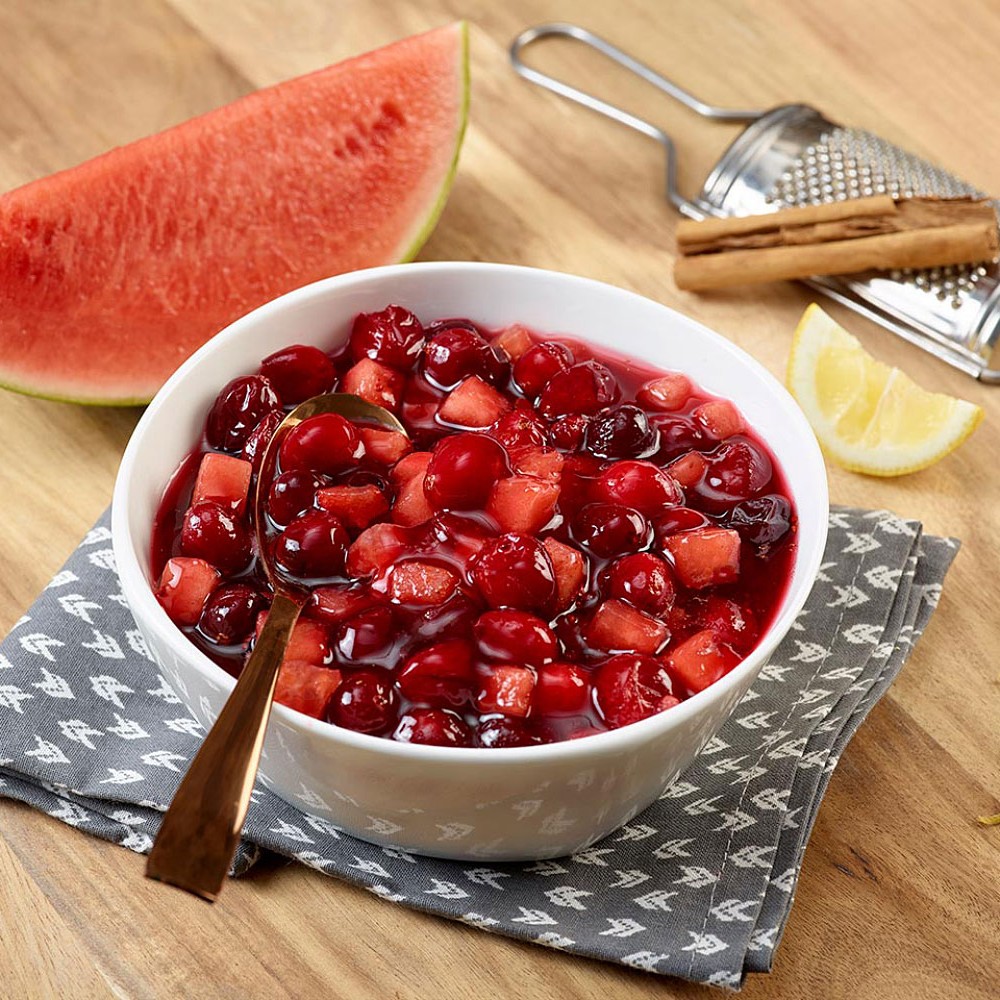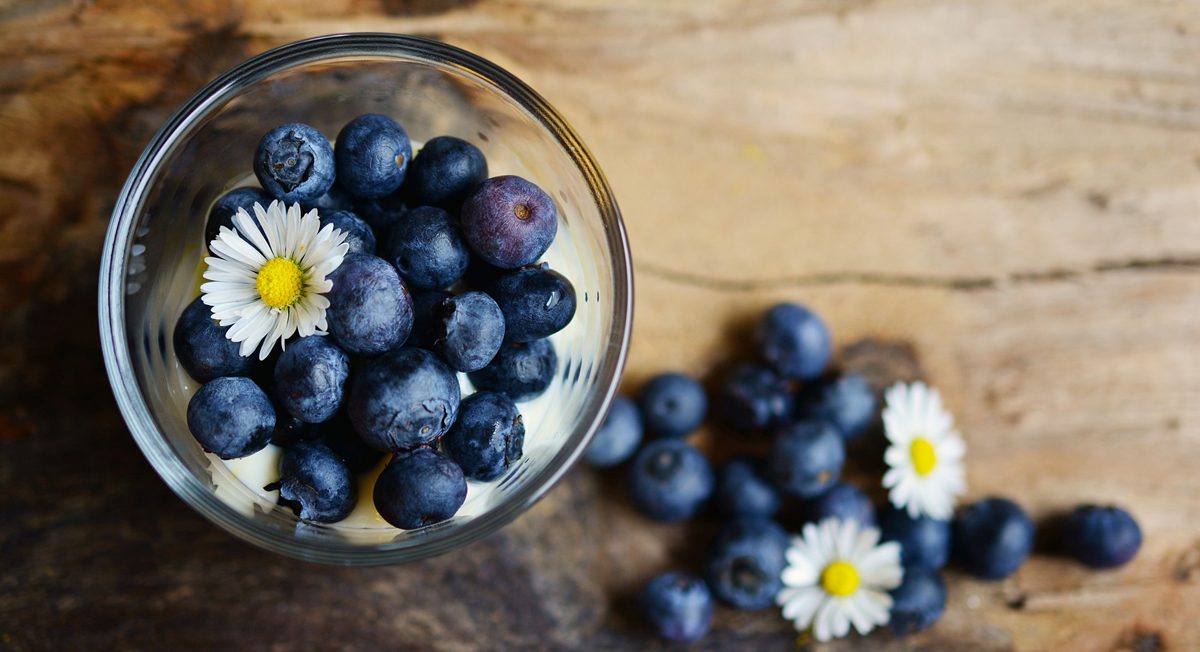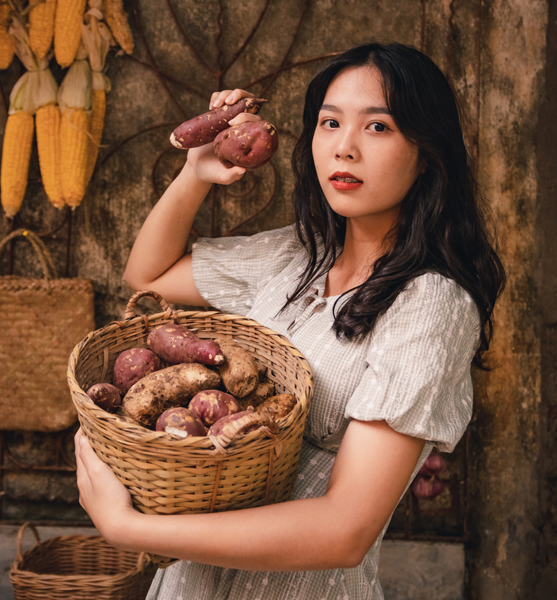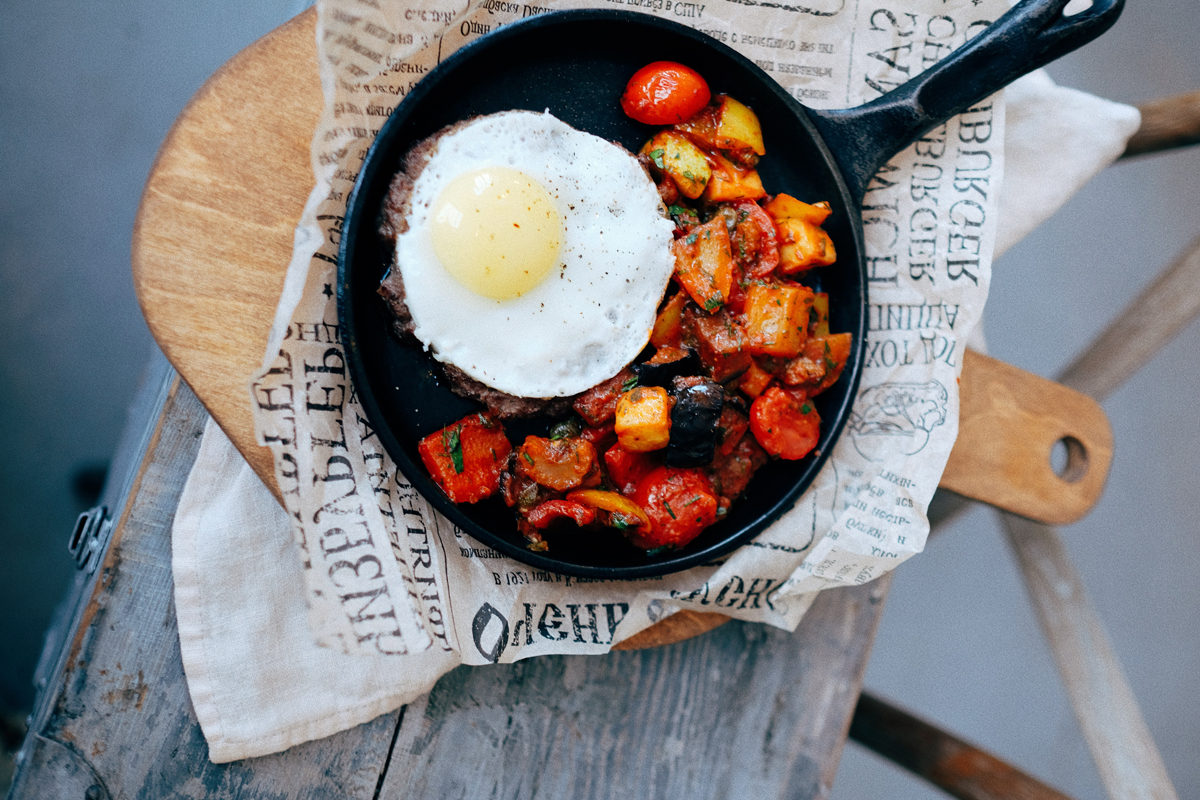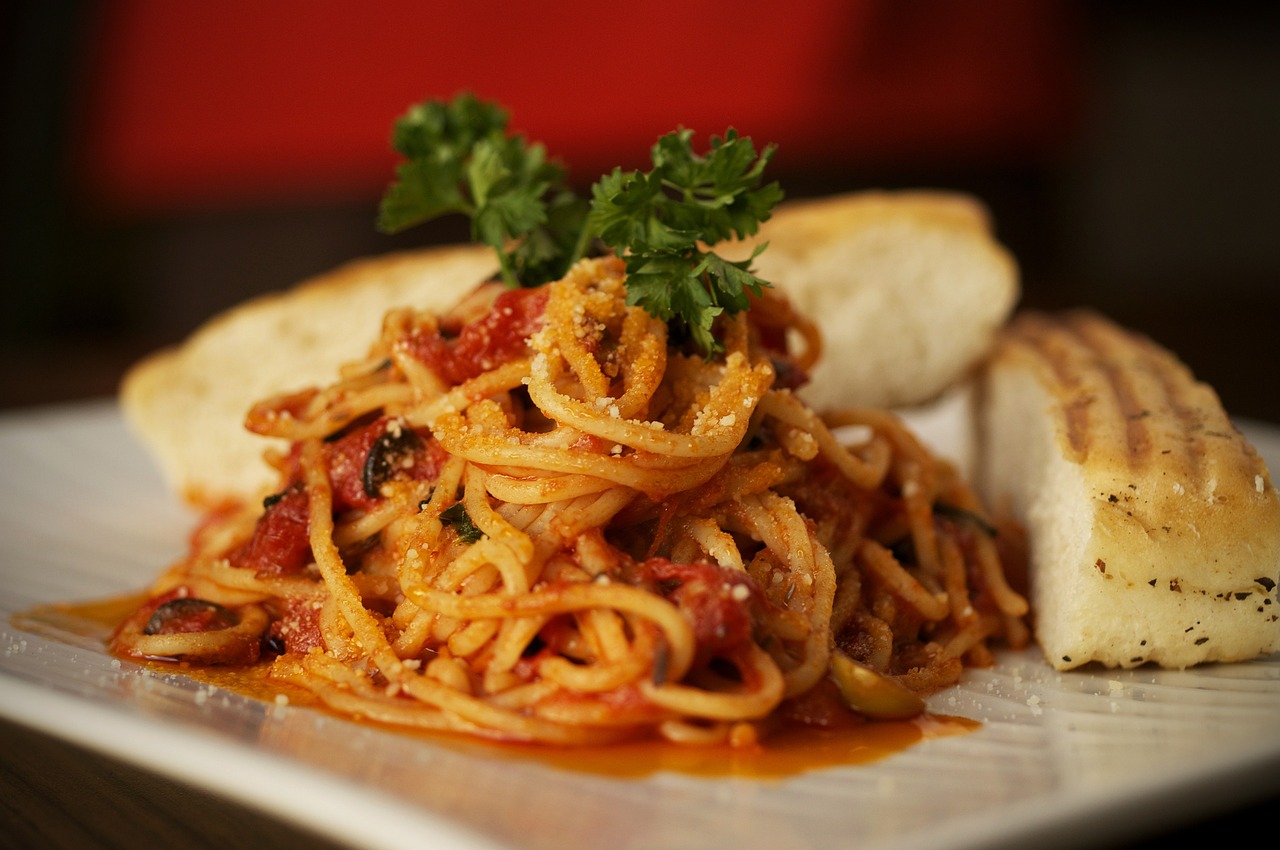Why Going Gluten-Free Doesn’t Mean Going Grain-Free

It’s impossible to stroll the aisles in your local supermarket without seeing package after package labeled “gluten-free.” But who really needs a gluten-free diet, and how can you still enjoy grains, even if you are eating gluten-free?
Gluten is a protein found in just four grains: wheat, barley, rye and triticale, a wheat-rye hybrid. For people with celiac disease (an estimated 1 percent of the population) eating foods containing gluten can cause an immune reaction in the small intestine that leads to a host of health problems, from abdominal pain to vitamin deficiencies that can affect the brain, bones, liver and other organs. Some people who don’t have celiac disease still suffer from gluten-sensitivity or allergies to wheat, and can benefit from a gluten-free diet.
No matter the reason behind going gluten-free, for those making the switch it might seem like the end of eating grains. However, that shouldn’t to be the case. While cutting out gluten-containing grains is important for those who are gluten-intolerant, there’s an array of other whole grains – naturally gluten-free – that can make your diet as varied, delicious and nutritious as you like.
If you’re building a gluten-free menu, it’s important to include whole grains, which provide many essential nutrients. Try some of these options in your meals, from breakfast to dinner, to get a taste of the flavors and textures that whole, gluten-free grains have to offer:
* Amaranth – Popped like corn or added to soups or a pilaf, this heart-healthy grain adds great taste and texture.
* Buckwheat – Whether used whole or ground as flour, buckwheat provides a rich, nutty flavor.
* Corn – A classic American staple that is as versatile as it is easy to find.
* Millet – Let it stand alone as a side or bake it into crunchy crackers; millet’s mild flavor ensures that it plays well with other ingredients.
* Oats – Oats themselves are gluten-free, but they’re often processed in places where gluten products are also made. Make sure your oats are certified as free from cross-contamination.
* Quinoa – This nutrient-rich grain has been a staple in the Andes Mountains for centuries, and it’s gaining in popularity for its versatility and subtle flavor.
* Brown and colored rice – Rice itself, or products made from it, like noodles, can be used to prepare delicious dishes from around the globe.
* Sorghum – Flour made from this nutrient-packed grain can be used to make everything from pie crust to pancakes. It can also be popped – it’s a fun treat that looks like mini-popcorn.
* Teff – Tiny teff grains (3,000 grains weigh just one ounce) make a flavorful flour that can be used for crepes, breads or injera, the spongy flatbread that is a dietary staple in the grain’s native country of Ethiopia.
* Wild rice – Hearty, nutty and utterly delicious, wild rice is a welcome addition on any plate. Use it as stuffing, in a salad or simply on its own.
Because all of these whole grains have their own nutrient profiles, mixing them up is a great way to make your diet healthier – the more different grains you eat, the more nutritional variety you’ll get. Recipes for each kind of gluten-free grain can be found at www.wholegrainscouncil.org. To get started, try this delicious dish, Southwestern Quinoa Salad, which pairs both quinoa and corn with flavorful, fresh ingredients that everyone will love.
Southwestern Quinoa Salad
- 1 cup quinoa
- 2 cups vegetable broth
- 2 ears corn, roasted and cut off cob
- 1 red bell pepper, roasted and chopped
- 1 15-ounce can black beans, rinsed and drained
- 3 scallions
- 1/2 cup chopped cilantro
- 3 limes, juiced
- 2 tablespoons olive oil
- 1/2 -teaspoon cumin
- 1/2 teaspoon salt
- 1/4 -teaspoon fresh ground black pepper
- 1/8 teaspoon cayenne pepper
Put quinoa and broth in a medium saucepan. Bring to a boil, cover and simmer for 15 minutes or until tender.
In a large bowl, mix together quinoa, corn, pepper, beans, scallions and cilantro.
In a small bowl, whisk together lime juice, olive oil and seasonings. Pour over quinoa mixture.- Cover and chill for at least 30 minutes to let flavors set.
The Author:

